
There are three main facets to the typical restaurant experience: ambiance, meaning the overall feeling of the place; food (obviously); and service.
A good restaurant scores with all three on a reasonably consistent basis. Sometimes, of course, some aspects of a place are so pleasing that its failings can be overlooked. If the food is exquisite, you might forgive a certain dowdiness of décor, or if the view is stunning, that overdone lamb chop might not seem like such a tragedy. (These are the best restaurants in the world right now.)
And of course, even a very good restaurant that generally ticks all the boxes can fall down occasionally. Though in such cases, the management or staff will usually do whatever can be done to make things better.
Still, going out to a restaurant for the first time, even one that gets good reviews, can be a chancey proposition. You won’t know how good (or bad) the food is until your first few bites – but aspects of the ambiance and service (and hints about the food gleaned from the nature of the menu) can provide warning signs that you’re probably not going to have a pleasant experience.
What to do when these signs are apparent? If it’s logistically and socially possible, just leave. Say you’re sorry; make up an excuse about the babysitter; just get out. If this isn’t possible (you’re embarrassed to make a scene; you’re somebody else’s guest), make the best of it by ordering as little as possible and avoiding potential trouble spots (supposedly “fresh” seafood, overly complicated dishes). Then eat only what you want, pay the check, and get out of there as soon as you can. You can always stop for pizza on the way home. (If you’re lucky, you might be near one of the best pizza places in every state.)
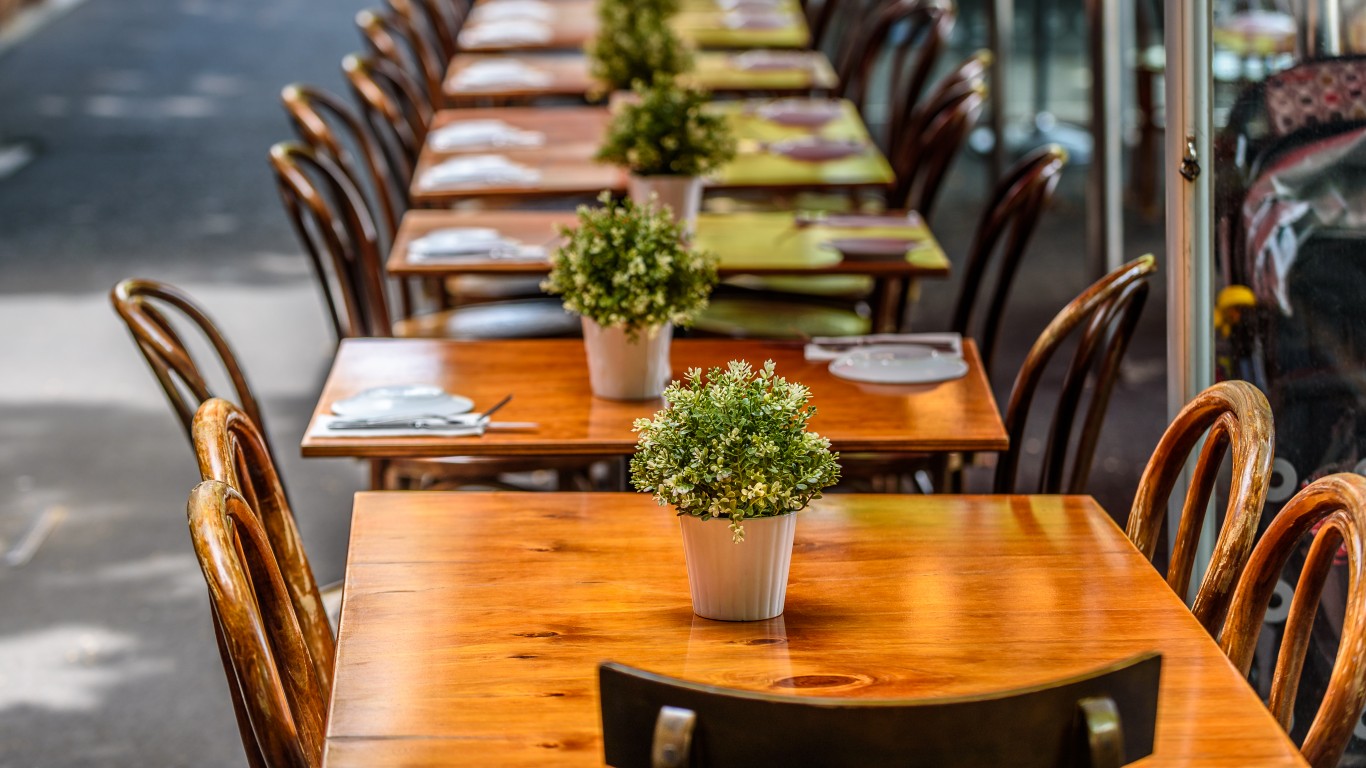
Ambiance: Empty restaurant
This one’s easy: If it’s mealtime and your chosen eating place is empty (especially if their nearby competition is bustling), well, maybe everybody else knows something you don’t know.
[in-text-ad]

Ambiance: Blaring background music
Most restaurants provide recorded music as part of the experience, but it shouldn’t be so loud or intrusive that conversation becomes impossible. At a good restaurant with a background music program, somebody adjusts the volume as the room din grows so that it’s soft when the place is quiet but loud enough to be heard when the place is bustling.

Ambiance: Bad live music
Unless you’re in a place that doubles as a concert venue, live music should be tasteful and unobtrusive. Do you really want to listen to a piano-banger doing ersatz Billy Joel, a punkabilly band playing “Brown-Eyed Girl,” or a soulful folkie channeling Ed Sheeran while you’re savoring your burrata with beets or your Korean fried chicken?

Ambiance: Unpleasant aromas
Does the restaurant smell like cleaning products (as when a server sprays Windex on the next table over)? Is there a reek of garbage leaking in from the back door? Did your server douse himself or herself with an excess of Old Spice or Jungle Gardenia? These odors will not enhance the dining experience, to say the least. If a restaurant smells like anything at all, it should be food.
[in-text-ad-2]

Ambiance: Uncomfortable seating
When you settle down in a restaurant for a leisurely meal, you want to settle down in comfort because you’re going to be there for a while. Rickety or narrow chairs, benches with no backs, cramped booths, or tiny tables (often jammed so closely together that you and your neighbors bump elbows) are hardly conducive to pleasant dining.

Ambiance: Dirty tables, table settings, or menus
If your tablecloth is stained or your bare tabletop is sticky; if there is lipstick on the glasses; if bits of dried food still cling to your fork; if the menu you’re handed is dog-eared and grease-stained … well, let’s just say that hygiene obviously isn’t the restaurant’s strong suit, and you might think twice about actually eating its food – especially in the COVID-19 era, when good sanitation practices have taken on a whole new level of importance.
[in-text-ad]

Ambiance: Shouting from the kitchen; fights in the dining room
Certain restaurant-themed reality shows aside (we’re not mentioning names, Gordon Ramsay), kitchen staff should work in a state of harmony, not combat. If you hear yelling from the kitchen – or witness strife between servers or the manager and the staff in the dining room – get out if you can. Rancor never brings anything good to the table.

Ambiance: Dirty bathrooms
There’s nothing like a poorly lit bathroom with wet floors and counters or overflowing trash cans to break the spell of an otherwise enjoyable dining experience.
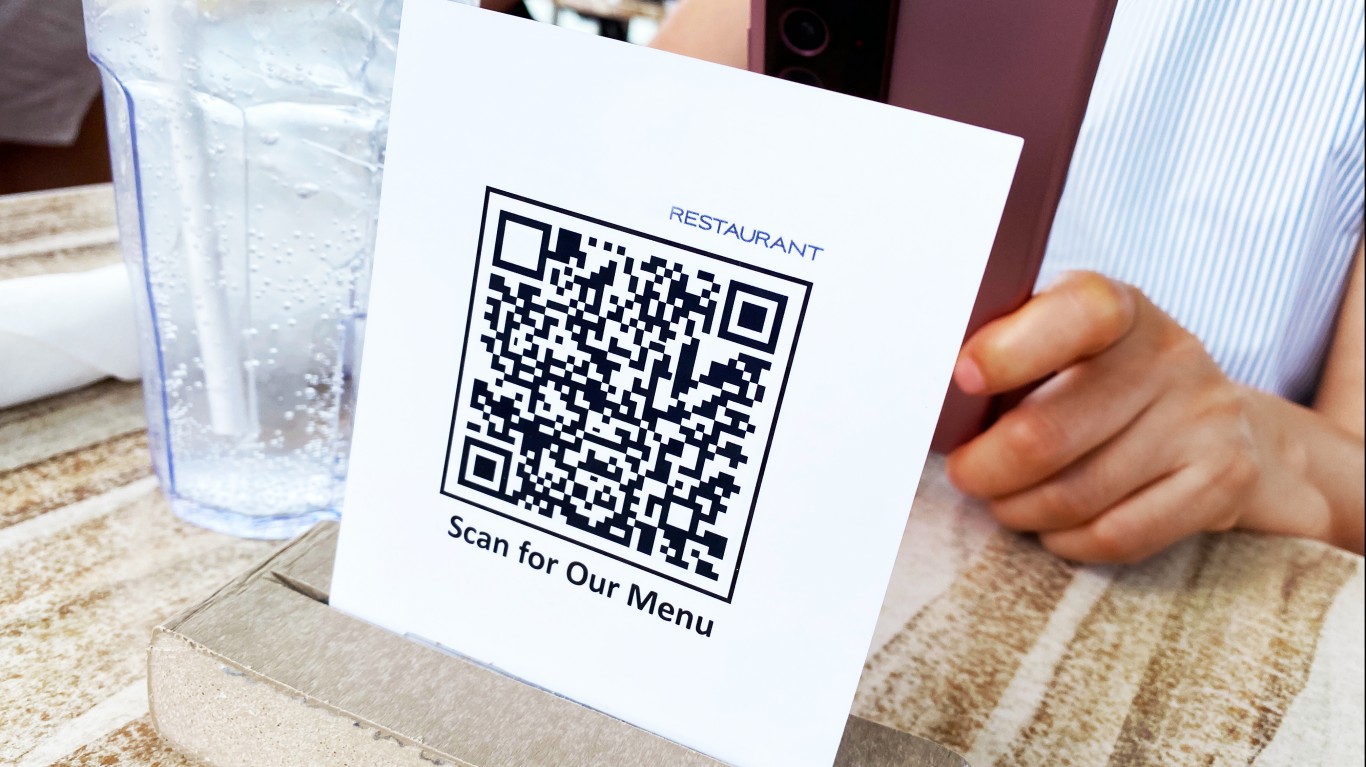
Food: Silly menu names
Unless you’re in a theme restaurant geared more towards entertaining the kids than providing a good culinary experience, menus are no place for silly puns or baby talk. It’s guacamole, not “Guac Your World.” And entrée categories are beef and chicken, not “Moo Moo” and “Cluck Cluck.” Restaurants that go for gimmicks on their menus are probably not as serious about their food as they should be.
[in-text-ad-2]

Food: An overlong menu
Old-school diner menus sometimes go on for pages, offering all-day breakfasts, sandwiches, burgers, salads, Greek or Italian specialties, all-American entrees, and more, and they somehow seem to mostly deliver. But they’re almost certainly using canned, frozen, and/or premade ingredients and the culinary quality isn’t high, nor is it expected to be.
But when a supposedly serious restaurant menu offers too many choices, it’s almost always a sign that it, too, is using canned, frozen, and/or premade ingredients, and that’s not what you deserve when you’re paying high prices in a place with pretensions to quality.
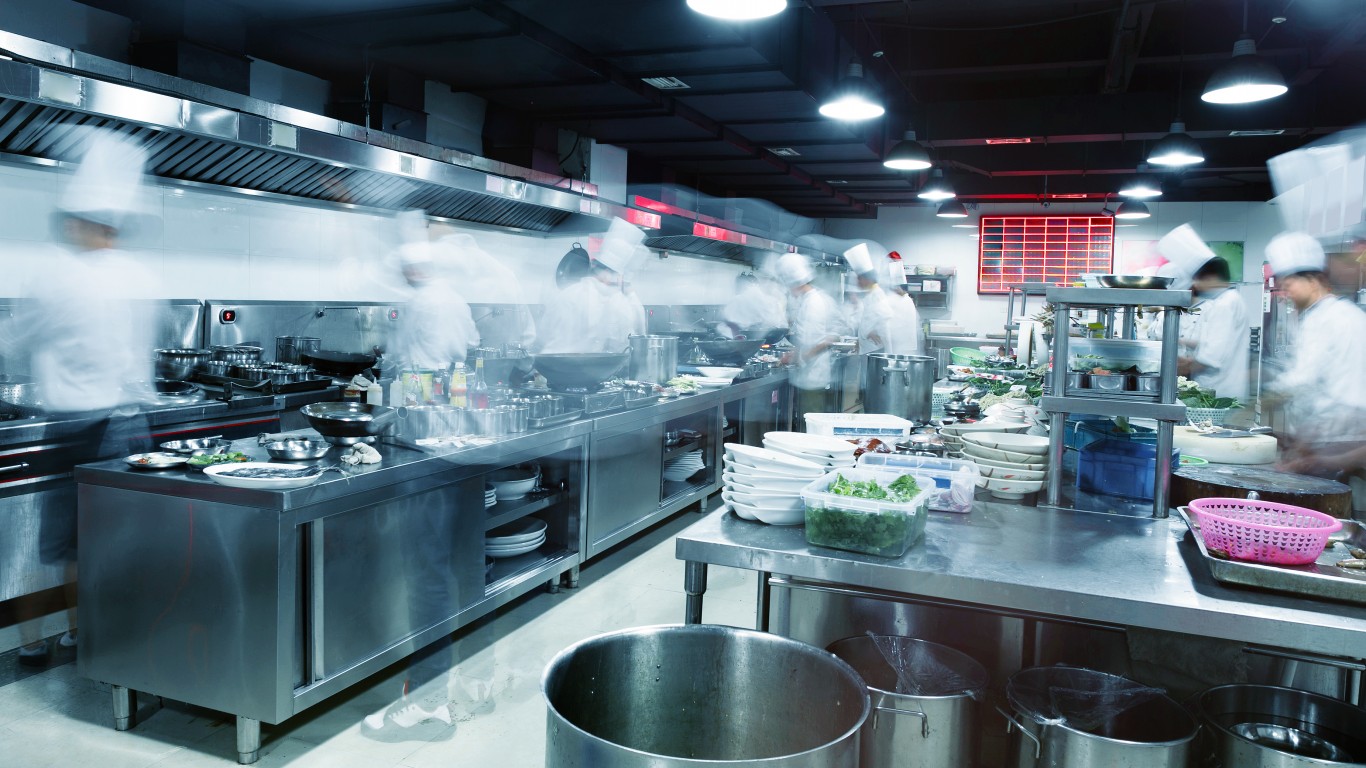
Food: Too many cuisines offered
There are legitimate reasons for some restaurants to mix cuisines: Sushi bars are often found in Korean restaurants because Koreans eat a lot of sushi; French bistros sometimes offer couscous and other Moroccan fare because their owners lived in Morocco; modern American chefs may pay passing tribute to an assortment of cuisines, with a tiradito here, a pasta there, and they can often make it work.
But a menu that proposes, for example, Japanese, Chinese, Thai, and Vietnamese – or Spanish, Mexican, Brazilian, and Italian – dishes all at once probably doesn’t do any of them well.
[in-text-ad]

Service: No greeting (or an unfriendly one)
Unless you’re at a casual restaurant where a sign (or a passing server) invites you to seat yourself, someone should greet you, preferably warmly, when you walk into a place. A host might be temporarily away from the front while seating other guests, but the absence should be brief.
If you have to stand around waiting to be noticed for more than a minute or two – or if the host treats you like an annoyance rather than a valued customer – don’t expect much from the rest of your dining experience.
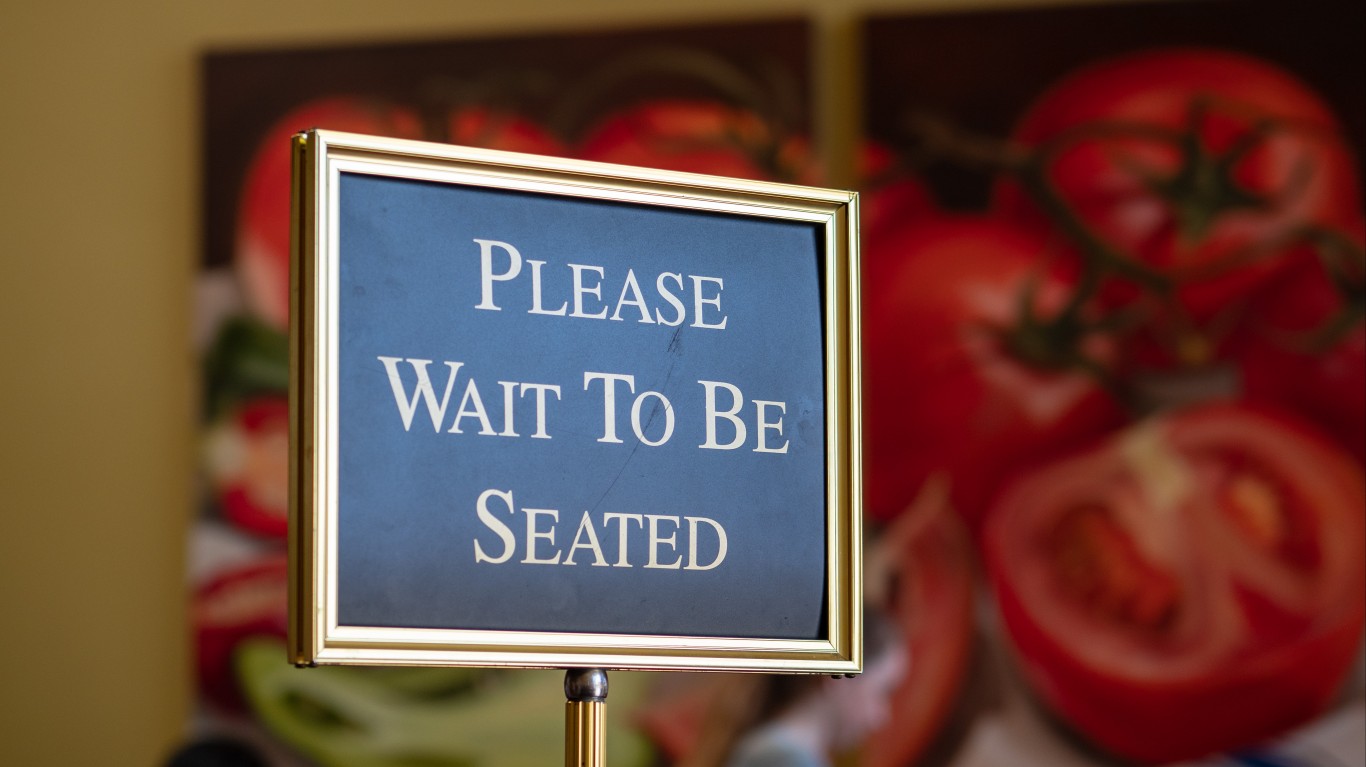
Service: Reservation not honored on time
More and more restaurants these days observe a no-reservations policy. In establishments like that, you take your chances and it’s not unreasonable to be asked to wait 30 minutes or an hour or even longer for a table. If the place takes reservations, however, and you make one and then arrive on time, it’s reasonable to expect to be seated more or less at the appointed hour. Ten or 15 minutes’ grace period while you have a drink at the bar? Sure. An hour or more because management didn’t know how to pace their tables? Sorry, gotta go.

Service: Unreasonably long wait for service
You’re shown to your table and then … forgotten. If you’re lucky, a busser might pour you some water, but your server is busy elsewhere and the manager is either dealing with some other issue or simply out to lunch (even if it’s dinnertime). There you sit with no drinks, no menu, no acknowledgement of your presence.
Sure, restaurants get very busy, especially at prime eating hours (generally about noon to 2 p.m. and 7 p.m. to 9 p.m.), and they tend to be understaffed these days, but five or 10 minutes of sitting and talking amongst yourselves with no acknowledgement from a server is more than enough.
[in-text-ad-2]

Service: Uncleared tables
If the empty tables around you are still crowded with dirty dishes and glasses – or if you’re finished what’s on your own table and the no-longer-Instagrammable plates are just sitting there, the traces of your meal congealing – you’re almost certainly in a restaurant where nobody is paying attention, which is to say a restaurant you probably never need to visit again.

Service: Poorly timed dishes
Your friends have their appetizers but yours is still sitting under a heat lamp in the kitchen. Or you’re still eating your first courses when the main dishes come out. Or the gap between firsts and mains stretches out for 20, 30, 40 minutes. These issues are usually not the fault of service but of a badly run kitchen, but your server should notice, update you on your order’s progress, refill drinks if needed, and just generally make the situation as painless as possible. But of course, that’s not likely to happen in a bad restaurant.
Travel Cards Are Getting Too Good To Ignore (sponsored)
Credit card companies are pulling out all the stops, with the issuers are offering insane travel rewards and perks.
We’re talking huge sign-up bonuses, points on every purchase, and benefits like lounge access, travel credits, and free hotel nights. For travelers, these rewards can add up to thousands of dollars in flights, upgrades, and luxury experiences every year.
It’s like getting paid to travel — and it’s available to qualified borrowers who know where to look.
We’ve rounded up some of the best travel credit cards on the market. Click here to see the list. Don’t miss these offers — they won’t be this good forever.
Thank you for reading! Have some feedback for us?
Contact the 24/7 Wall St. editorial team.
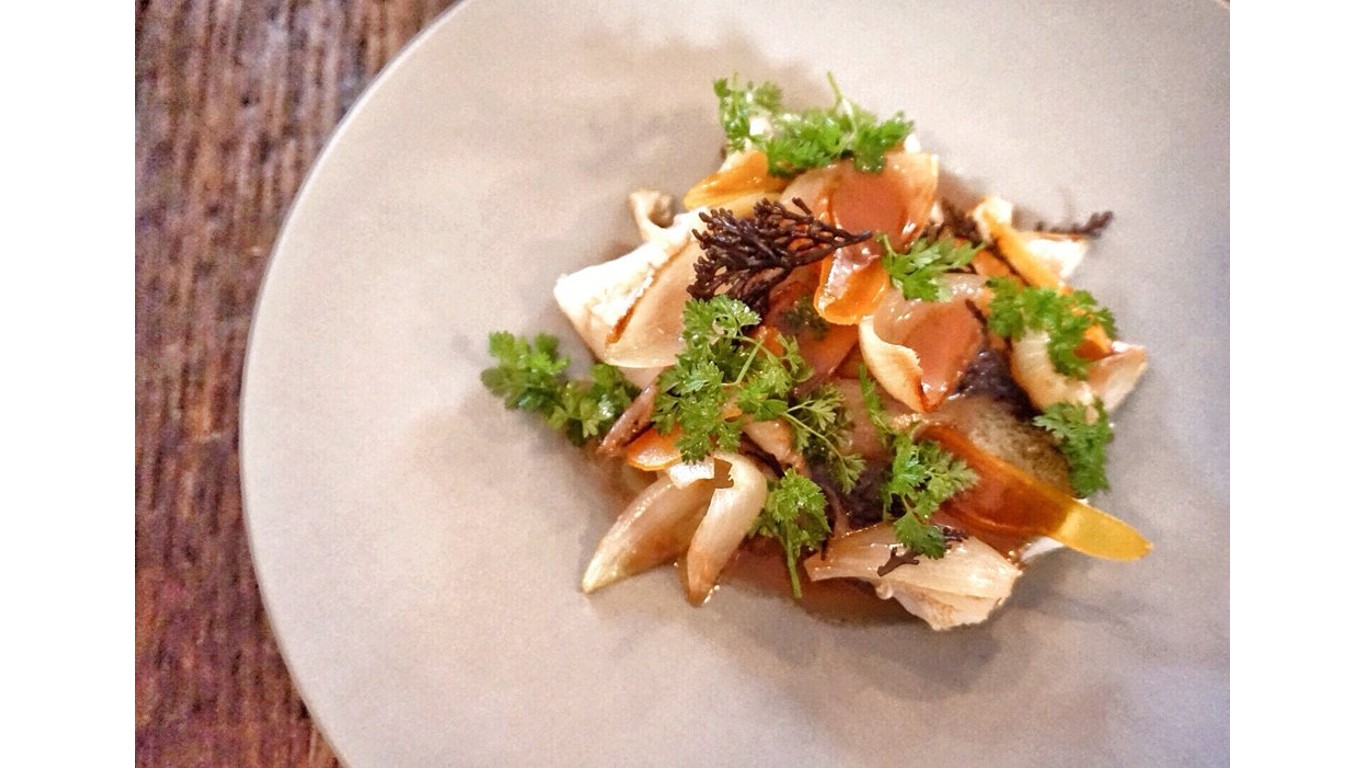 24/7 Wall St.
24/7 Wall St.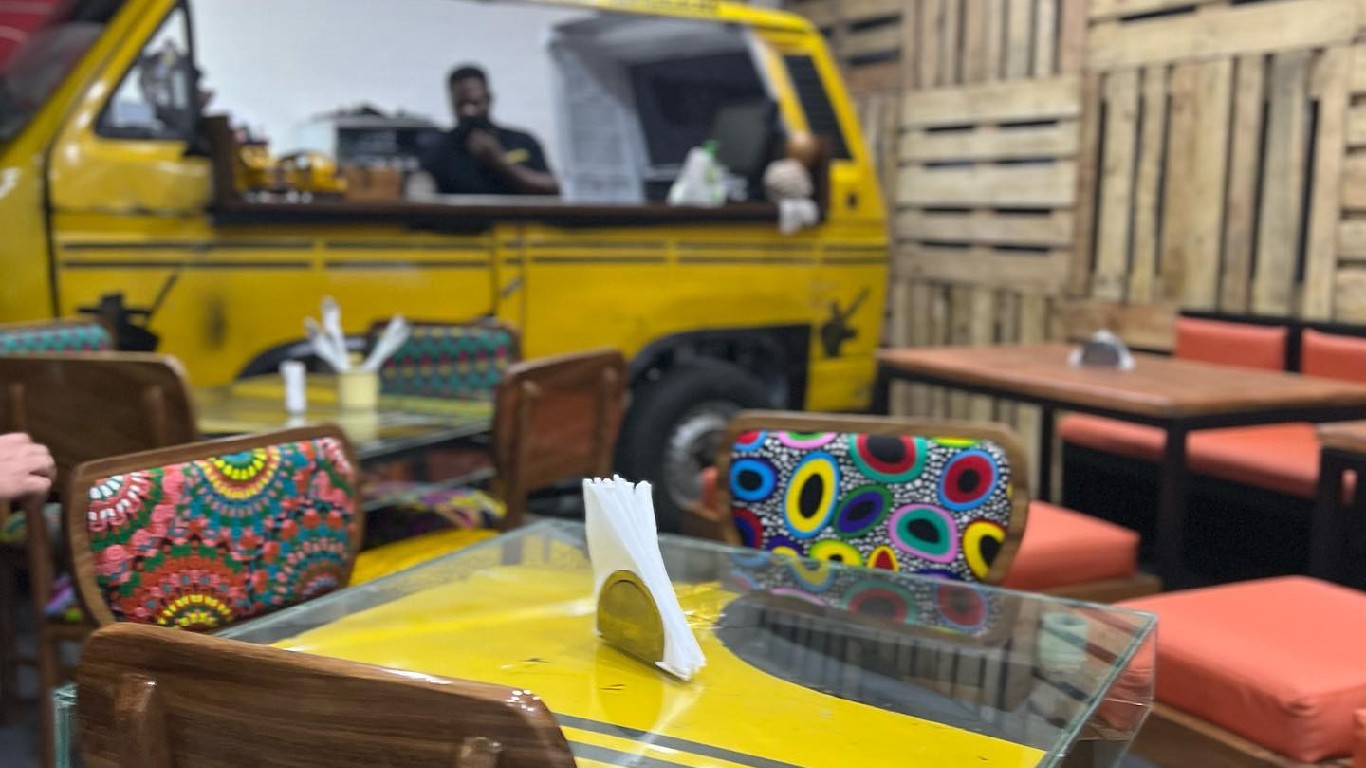 24/7 Wall St.
24/7 Wall St.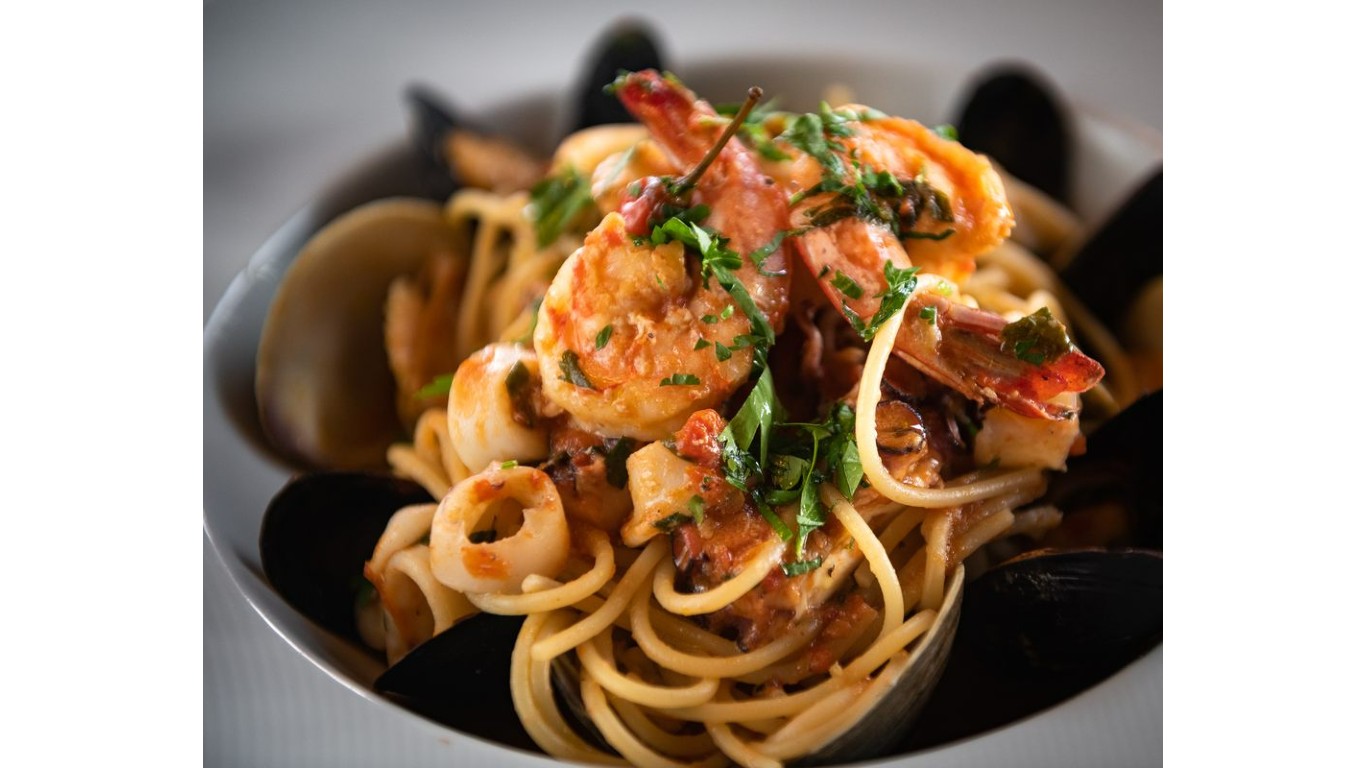 24/7 Wall St.
24/7 Wall St.

